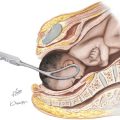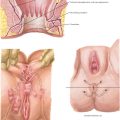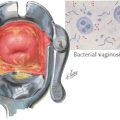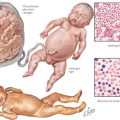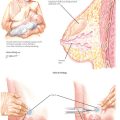Chapter 61 Urinary Incontinence: Bypass, Overflow
INTRODUCTION
ETIOLOGY AND PATHOGENESIS
DIAGNOSTIC APPROACH
Workup and Evaluation
MANAGEMENT AND THERAPY
Nonpharmacologic
Drug(s) of Choice
FOLLOW-UP
MISCELLANEOUS
Abrams P, Blaivas JG, Stanton SL, Andersen JT. The standardization of terminology of lower urinary tract function produced by the International Continence Society Committee on Standardization of Terminology. Scand J Urol Nephrol. 1988;114:5.
American College of Obstetricians and Gynecologists. Genitourinary tract changes. Obstet Gynecol. 2004;104:56S.
American College of Obstetricians and Gynecologists. Urinary incontinence in women. Obstet Gynecol. 2005;105:1533.
Consensus Conference. Urinary incontinence in adults. JAMA. 1989;261:2685.
Diaz-Ball FL, Moore CA. A diagnostic aid for vesicovaginal fistula. J Urol. 1969;102:424.
Dubeau CE. The aging lower urinary tract. J Urol. 2006;175:S11.
Katz VL. Postoperative counseling and management. In: Katz VL, Lentz GM, Lobo RA, Gershenson DM, editors. Comprehensive Gynecology. 5th ed. Philadelphia: Mosby/Elsevier; 2007:681.
Lentz GM. Urogynecology. In: Katz VL, Lentz GM, Lobo RA, Gershenson DM, editors. Comprehensive Gynecology. 5th ed. Philadelphia: Mosby/Elsevier; 2007:561.
Norton P, Brubaker L. Urinary incontinence in women. Lancet. 2006;367:57.
Norton PA. Urinary incontinence. Clin Obstet Gynecol. 1990;33:293.
Sims JM. On the treatment of vesico-vaginal fistula. Am J Med Sci. 1852;23:59.
Smith PP, McCrery RJ, Appell RA. Current trends in the evaluation and management of female urinary incontinence. CMAJ. 2006;175:1233.
Sutherland SE, Goldman HB. Treatment options for female urinary incontinence. Med Clin North Am. 2004;88:345.
Symmonds RE. Incontinence: Vesical and urethral fistulas. Clin Obstet Gynecol. 1984;27:499.
Urinary Incontinence Guideline Panel. Urinary incontinence in adults: Clinical Practice Guidelines. Rockville, MD: Agency for Health Care Policy and Research, U.S. Dept of Health and Human Services, 1992. AHCPR publication 92–0038.
Wall LL. Obstetric vesicovaginal fistula as an international public-health problem. Lancet. 2006;368:1201.



